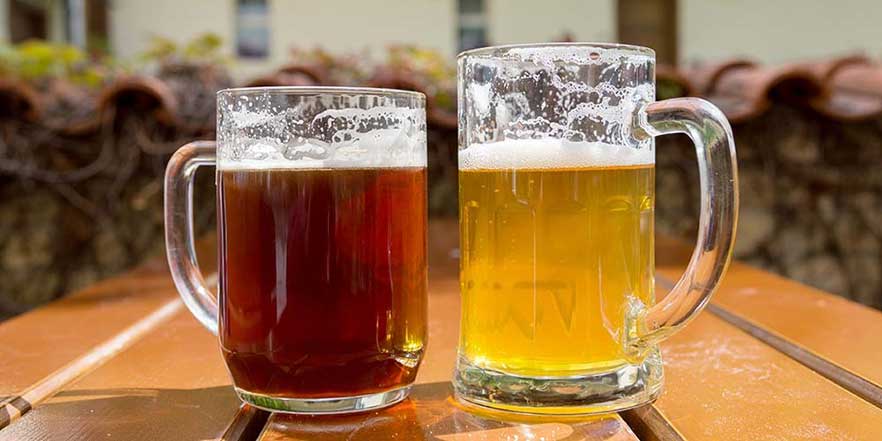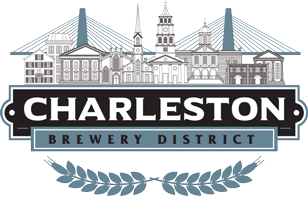
WHAT’S THE DIFFERENCE BETWEEN AN ALE & A LAGER?
Here in the Charleston Brewery District, we’re asked this question all the time: “So what’s the difference between an ale & a lager?” It’s a great question & the simple answer is that it all boils down to brewing method.
Brewing Method
The most scientifically accurate answer to the difference between ale & lager comes down to different yeasts and how they are brewed. Ale is brewed with top fermenting yeast that works at the top of the liquid and mixes with the wort (unfermented beer), forming a thick foam at the top of the wort called krausen. Ale yeast thrives in a warm climate and ferments much faster than lager yeast, most ale is ready for bottling within a week. Changes in ambient temperature will speed up or slow down the yeast and create different flavor profiles- creating a larger “bell curve” of flavor. Pale ales, IPAs, stouts, porters, and brown ales are some of the ales brewed with top fermenting yeast.
Lager is brewed with bottom fermenting yeast at cooler and more consistent temperatures than ale yeast. Without the “fuel” of oxygen, Lager yeast reproduce much more slowly than ale yeast so there’s much less foam production as the yeast settles to the bottom. Since the temperature doesn’t change during the fermentation these beers tend to be singular in flavor- often marketed as “crisp and clean”. Lager comes from the German “lagern”, meaning “to store.” The beer is kept in a cool place during brewing, for weeks or even months, depending on the brew. Typical “American lagers” like Miller, Bud, & Coors along with pilsners, & bocks are some of the lagers brewed with bottom fermenting yeast.


